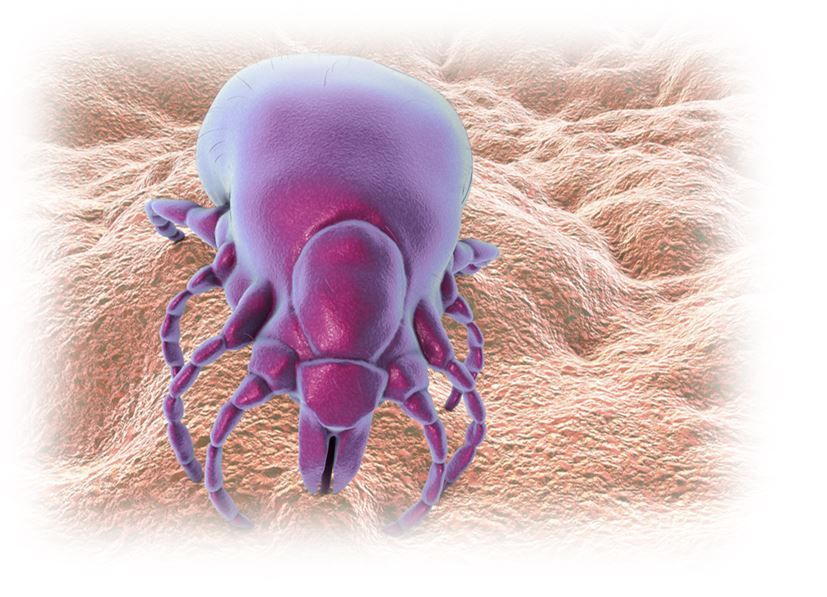Lyme Disease: 5 Characteristics of the Ideal Test
The ideal test for Lyme disease needs to be direct and highly sensitive in specific areas of detection. A new review highlights the 5 key criteria.
©Kateryna Kon/adobe.stock.com

What does an ideal test for Lyme disease look like?
According to a recent review of new methods in being vetted, the greatest challenge has been to create a test sensitive enough to directly detect Borrelia burgdorferi in body fluids. The authors describe the criteria that a direct test must meet.
The 5 key characteristics for an ideal test for Lyme disease are:• High sensitivity, specificity soon after tick bite or infection at or before symptom onset
• High sensitivity, specificity in later disease stages when extracutaneous infection has been established
• Short turnaround time (within 24 hours)
• Applicability to easily obtained sample types (eg, blood, urine, saliva)
• Nonreactivity when active infection is absent
• Direct nucleic acid, protein detections could complement improving indirect serologic tests for more comprehensive diagnoses
The authors conclude by reiterating that the key failing of current serologic testing is the typical 2- to 3-week seronegative window with available methods. The essential feature, moreover, of a direct test will be the ability to inidcate active infection or reinfection, not simply exposure.